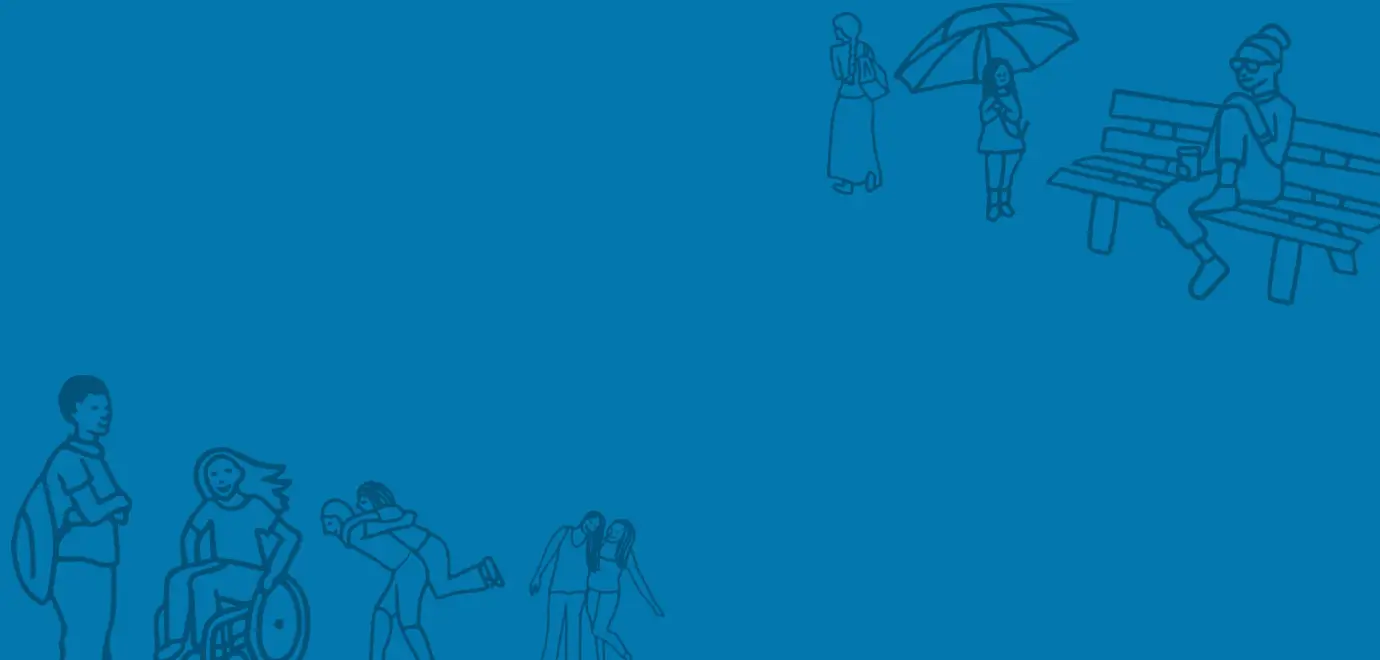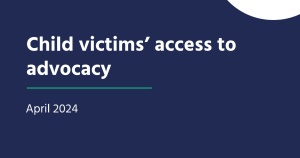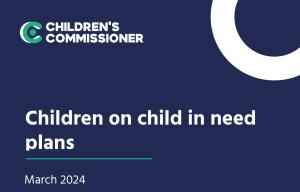Foreword from Dame Rachel de Souza
As Children’s Commissioner, I am particularly concerned for the children who grow up in institutions. They form a core part of my work, and I have statutory power to enter such premises and a helpline team, Help at Hand, who provide advice and assistance to children in the care system, including those in children’s homes.
I want to see more children living in families, whether that be birth families, kinship arrangements, foster or adoption. The focus of the system should be on supporting children to live with, and stay with, their family whatever form this family takes. With my vision for a care system being where far fewer children are institutionalised.
When a child does have to live in an institution, we need to have the absolute highest standards for these children’s homes. When we are talking about a place where children live, no failure rate is acceptable. Moreover, these homes do not just need to be excellent in and of themselves, but excellent at meeting the individual needs of each child. A home can be brilliant on paper, but if it is the other side of the country, not linked up to an equally excellent education placement or unable to support a child if their needs change, then the home is not good enough for them.
The purpose of this paper, to look at what children’s homes need to provide, from the perspective of the child. To set out a minimum set of expectations for every child living in a children’s home, whatever their needs or circumstances. It is grounded in the experiences of children within the system.
While this paper is not about diagnosing faults in the current system, there is overwhelming evidence that the system is not meeting the standards we should expect. Every day my team is intervening in cases where children are placed too far from home, severing links with friends and family. Where children are in a home, but without the right educational placement to support them in their ambitions. Where children are not getting the right mental health support. Or, perhaps most concerning, where children are being faced with being evicted at short notice and have no idea where in the country they will end up.
In short, we need to have far higher standards about the homes in which we place our children. This paper outlines those basic standards, in terms of what they mean for children.
This is not to say that there are not strengths in the current system. The good children’s homes in England are as good as the best in the world (and my team have undertaken visits in other countries to compare). These homes provide exceptional care to England’s most vulnerable children, they provide safety, security, and love. They enable children to rebuild their lives and return to their community. Some of these homes are privately run, some run by councils, some run by charities.
The problem is that these experiences are not universal. There are too many homes which are perfunctory, rather than striving for excellence. There are too many children in homes which are too far from home, or not aligned with what they need from education or mental health. There are some children’s homes in England which are simply not good enough to ever house a child.
We need a transformative approach to children’s social care in this country, which raises the basic expectations we have of homes, and is more innovative in blurring the lines between institutions and homes, so children can be cared for in an environment which feels like home, while maintaining links with friends, family, and school wherever possible.





